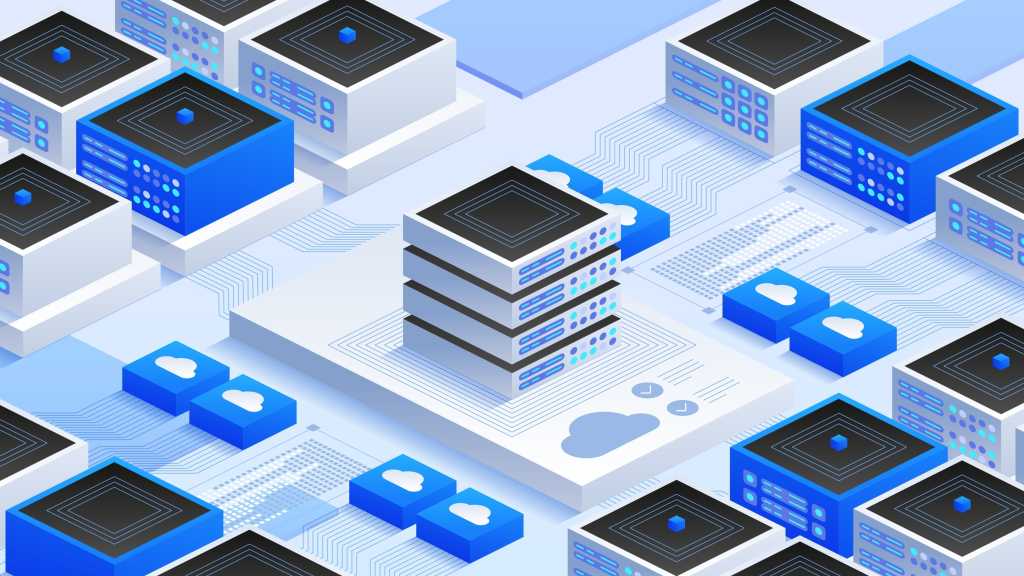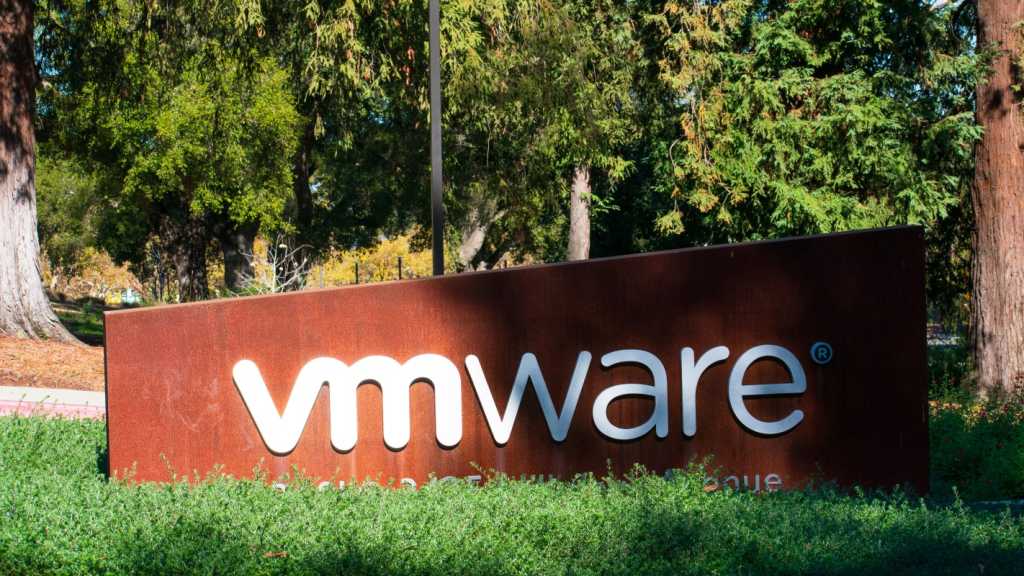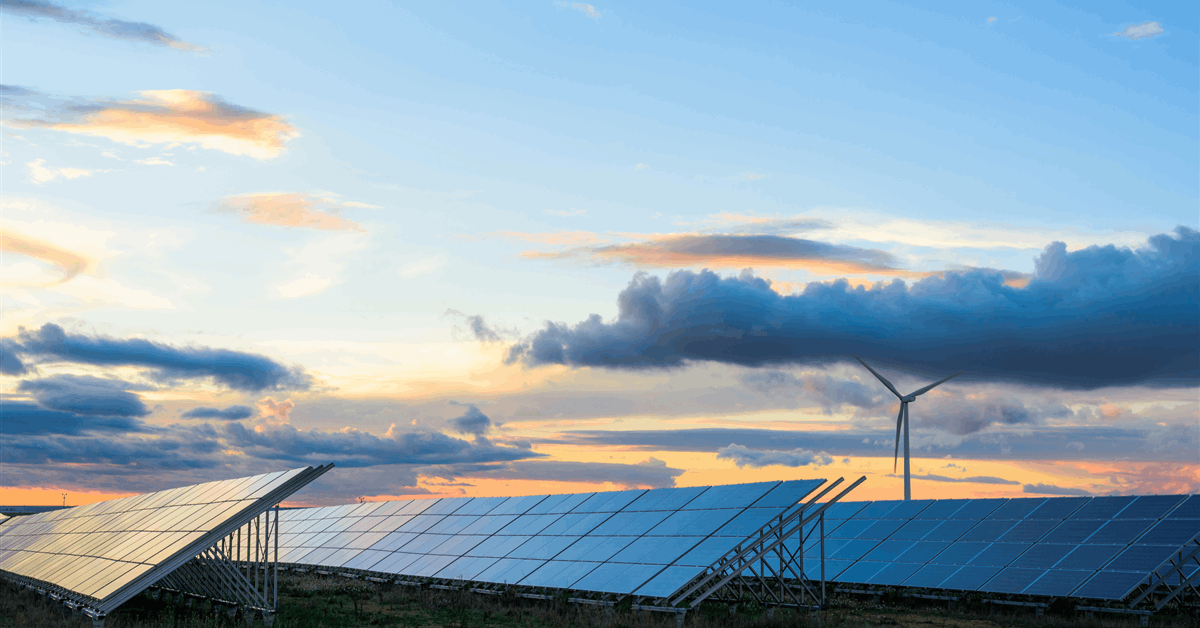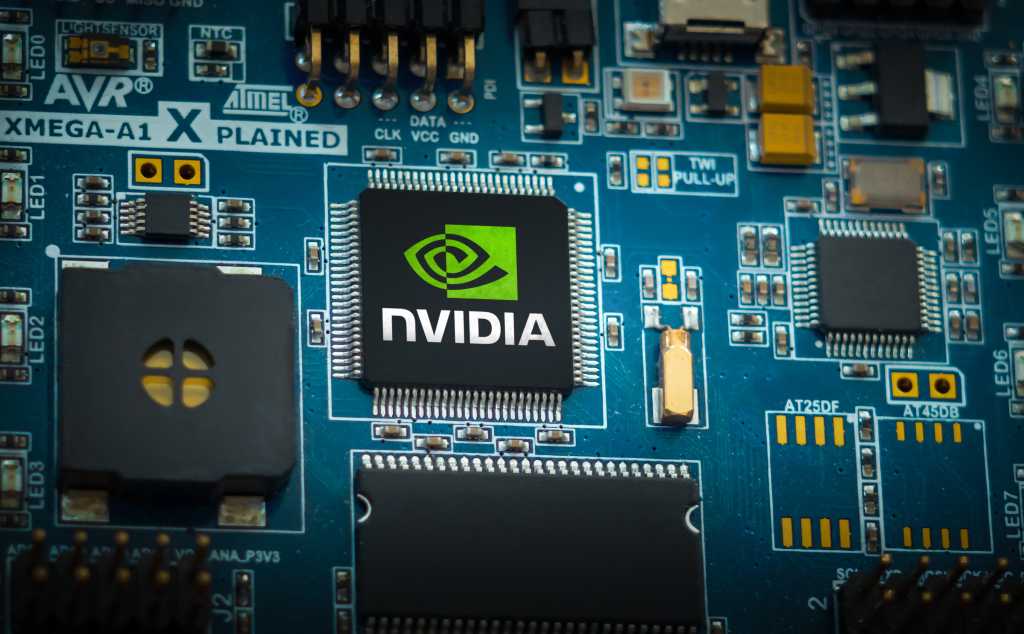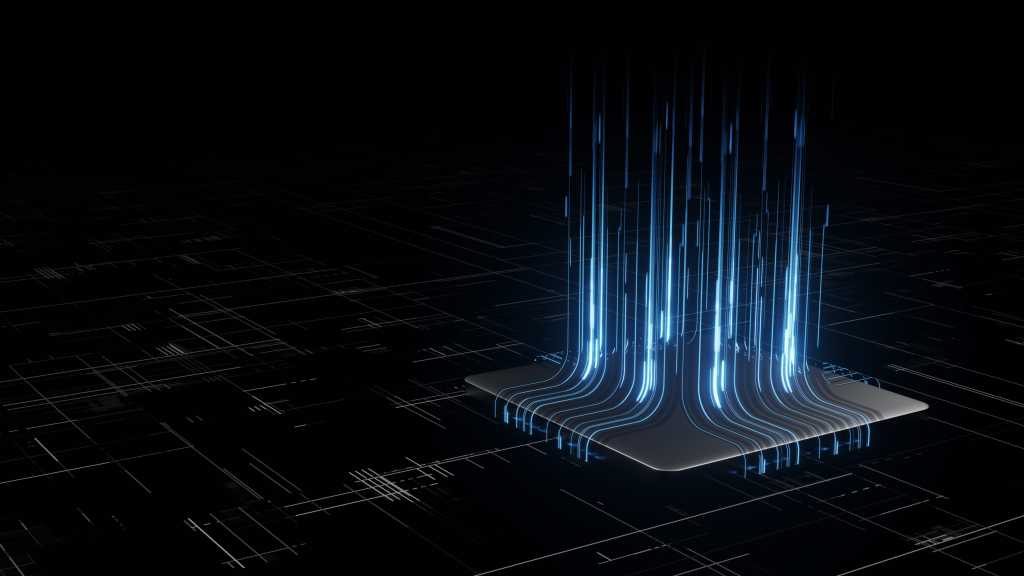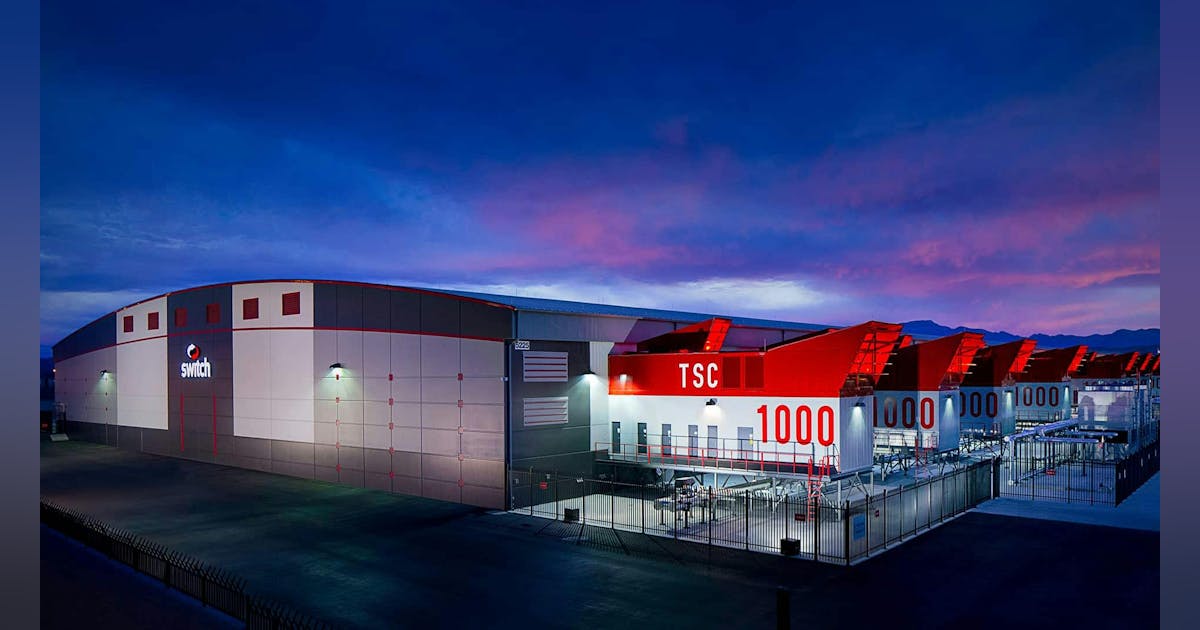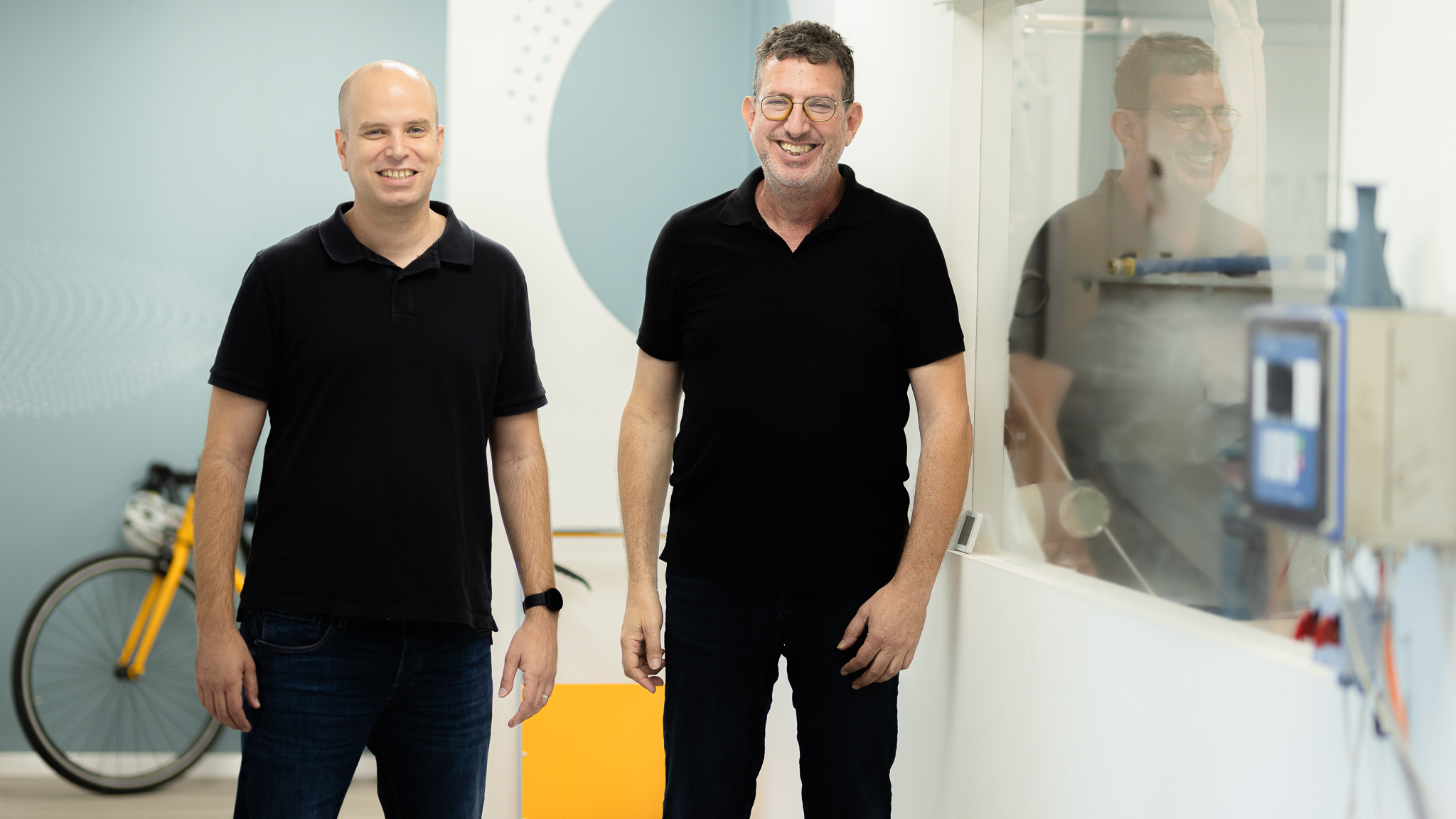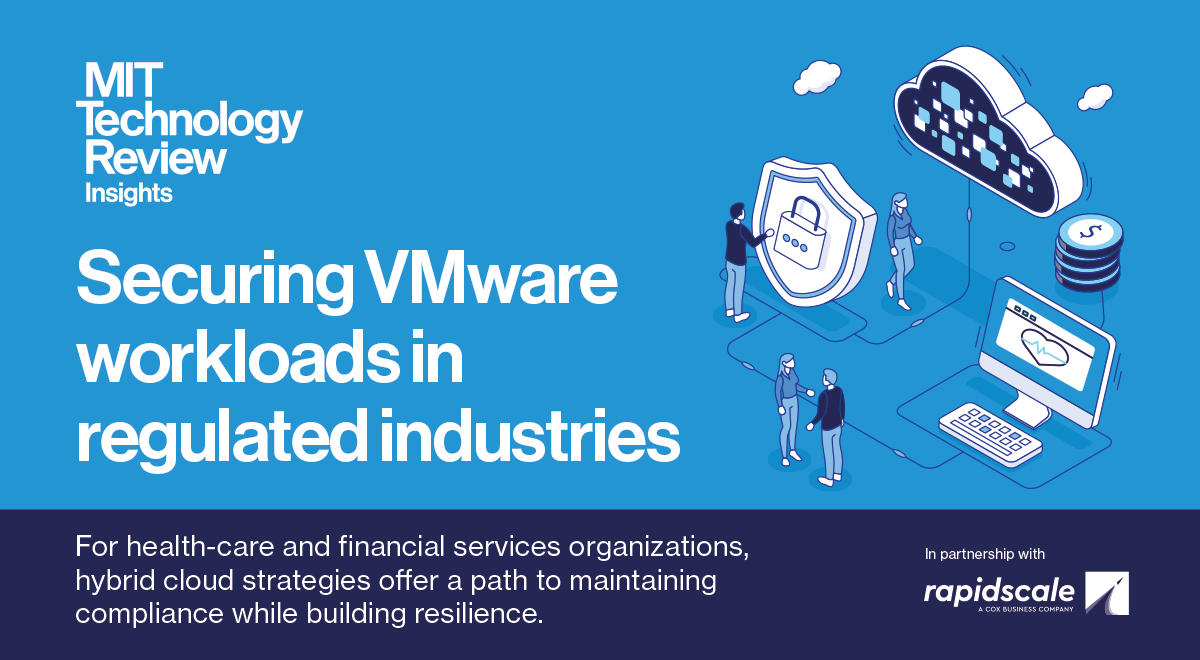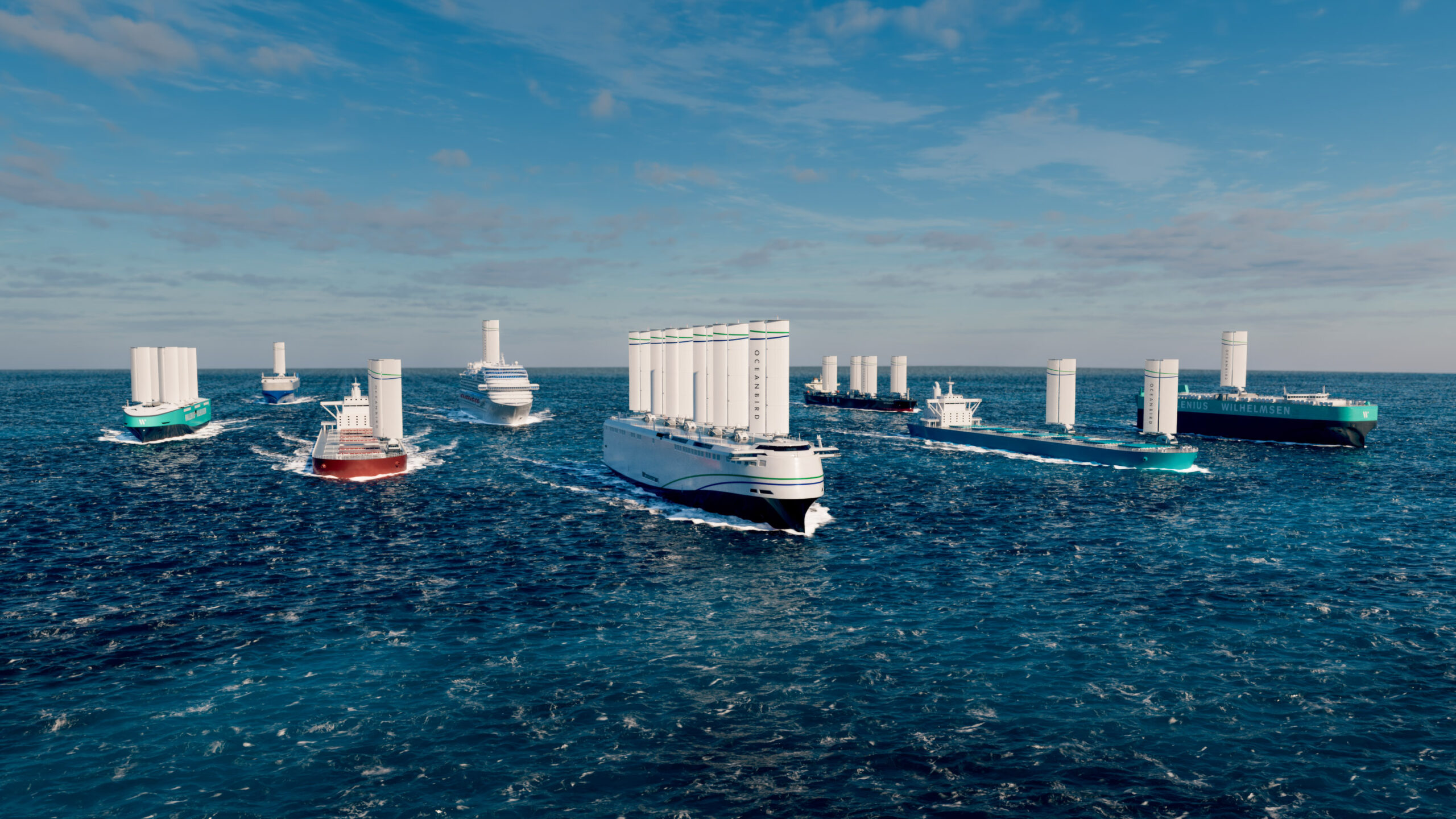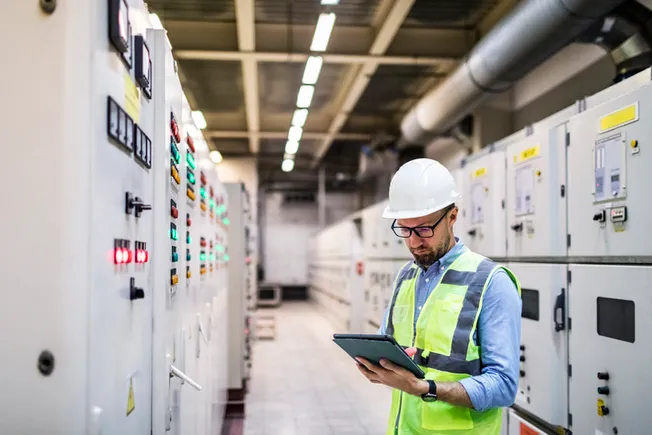
Dive Brief:
- Schneider Electric saw stronger-than-forecast revenue and adjusted earnings in 2024 as its customers’ data center investments — especially in North America — drove mid-double-digit growth in its energy management business, the company said Feb. 20.
- Year-over-year organic revenue growth accelerated 12% in the fourth quarter, supported by 25% growth in Schneider Electric’s North American energy management business. The company’s year-end 2024 sales backlog of 21.4 billion euros, or about $22.39 billion, was its highest ever, and the company plans to invest about 2 billion euros through 2027 to expand production capacity, it said.
- Much of the planned capacity expansion will occur in North America despite uncertainty around U.S. trade policy that could necessitate “commercial actions” to protect the company’s profitability, Chief Financial Officer Hilary Maxson said Thursday on Schneider Electric’s earnings call.
Dive Insight:
Schneider data centers and networks end-market has been strong throughout 2024 and should continue to see robust growth in 2025 and beyond, CEO Olivier Blum said on his first earnings call since replacing Peter Herweck in November.
The AI investment boom supports annual growth of 10% or more through 2027 in the company’s data centers and networks business, which accounts for 24% of Schneider Electric’s 2024 end-market exposure, the company said in its earnings presentation.
“Pure data centers” make up 20% of Schneider Electric’s end market exposure, with hyperscalers contributing “a bit less than half” of that total, Maxson said.
“Suffice to say we feel there is healthy growth in that segment … and we believe there is healthy growth to come, [though] not exponential … as this new infrastructure backbone is built out,” Maxson said.
Schneider expects DeepSeek, a Chinese AI firm that caught the industry off-guard in January when it released a reasoning model that appeared to use far less energy than U.S.-developed models, to be a net positive for the data center ecosystem as AI adoption and consumption increase, Blum said, echoing experts Facilities Dive interviewed in the weeks following its release.
“DeepSeek for us is just an illustration that [AI is] increasing, and that translates for us in our end-market to double-digit growth for the future,” Blum said.
Referencing Schneider Electric’s co-developed data center reference design and broader partnership with AI chipmaker NVIDIA, Blum suggested more efficient models like DeepSeek’s would advance the necessary work of optimizing data centers to use chips and energy more efficiently.
Overall, Schneider Electric has seen “no change” in its data center clients’ investment plans or liquid cooling needs, Blum said. Those plans support a robust sales pipeline for liquid cooling and thermal management solutions provider Motivair, he added. In October, the company said it would buy a 75% stake in Motivair, adding to the list of Schneider Electric’s acquisitions in the data center industry last year.
The Motivair transaction is expected to close in the coming weeks, Blum said Thursday.
In 2024, Schneider Electric expanded its North American production capacity with investments at a Texas facility for “integrated modular data center solutions,” a Mexico factory producing low-voltage distribution boards and a Tennessee plant assembling switchgears and medium-voltage power distribution equipment, according to its full-year 2024 presentation.
Those investments are consistent with the company’s goal of locally sourcing and producing about 90% of sales in each region, Blum said. That goal grew out of supply chain disruptions during the COVID-19 pandemic and “[allows] us to move faster and gain resilience in difficult times,” he said.
“We are following the U.S. [tariff policy] and also any kind of reciprocity that could happen in other parts of the world,” Blum added.
North America currently sits at 83% “region-to-region” sales, according to the presentation. Because Mexico accounts for much of Schneider Electric’s North American production capacity, the company is waiting for clarity on the Trump administration’s approach to its southern neighbor, Maxson said.
Any policy that preserved certain favorable aspects of the United States’s trade agreements with its neighbors would limit Schneider Electric’s tariff exposure to the point of immateriality, Maxson said. A less favorable policy would result in significantly more exposure to tariffs and necessitate “commercial actions that we would put into place to protect our profitability,” she added.



